How To Create An Outdoor Podcast Setup
The demand for podcasts has been growing rapidly in recent years and it’s easy to see why. Podcasts offer a unique and intimate listening experience, allowing you to learn, laugh, and be entertained on-the-go.
While high-quality audio is a priority when it comes to podcasting, you don’t necessarily need an indoor podcast studio to achieve it (contrary to popular belief). In fact, there are plenty of other places you can record a successful podcast that can actually enhance the listening experience and add a unique touch to it.
One such option? Recording outdoors. Not only does this allow for some gorgeous scenery and fresh air, but it can also have some major benefits for the overall sound quality of your podcast. While indoor recording spaces can often be plagued with echo and other acoustic issues, the great outdoors give you a unique soundscape. Not to mention, natural sound absorption that can add depth and dimension to your recordings.

How To Create An Outdoor Podcast Setup
Curious about how you can set up your own outdoor podcast recording session? Here are a few tips to help you out!
Choose the right equipment:
Choosing the right equipment is key when recording an outdoor remote podcast. Depending on how sophisticated you want to be, you could easily make use of your smartphone or a portable recorder as a recording device. Ensure you consider its battery life so it can last the full length of the session.
You will also need a microphone that is designed for outdoor recording, a windscreen to eliminate background noise, and additional gear like necessary power sources and cables. Depending on what personal effects you want to add to your podcast, there could be some other equipment to add, but these are the basics. The equipment should be portable so it can be transported easily. More on all things podcasting equipment HERE and below!
Choose the right location:
Look for a quiet, secluded area that preferably has minimal background noise (think: a park, a beach, or a backyard). You’ll want to choose a time of day when noise levels are low. And, avoid recording during any particularly noisy times (like rush hour or right next to a construction site).
If you can’t find a quiet space to record your podcast, recording in your car is an alternative. Car windows and doors are good at keeping out unwanted noise, and the acoustics inside are relatively good.
Eliminate distractions:
When recording outdoors, there are several distractions that can affect the quality of your podcast. To minimize this, look for a quiet area free of traffic noise or other noise disturbances. It’s also probably a good idea to have someone around that can keep passersby away from causing distractions and intruding. However, if this is what you want in your podcast and you feel it will help improve your content, then why not?
Point your microphone away from the noise:
This is very important when recording podcasts outdoors. The direction of your microphone determines what your listeners hear more.
Always point your microphone away from the noise, be it traffic, wind, or other background noise, to get the best sound quality. You don’t want to be giving quality advice on how to get rid of stress and all your listeners can hear is a passerby yelling and complaining on the phone.
Test and adjust:
Test your equipment before you start recording to make sure everything is working correctly. It’s also a good idea to do a sound check before starting to record. Especially if you’re doing a video call with a guest or using a digital recorder. Record a few test clips and listen back with headphones to make sure everything sounds clear and crisp. And don’t forget to account for any weather-related issues (like wind or rain) that may affect the quality of your overall sound.
Utilize wind protection:
Wind noise can ruin the sound quality of your podcast. It could even set you off balance as a host or guess and put you off your game. Therefore, you should use a windshield, windjammer, or pop filter to offer protection from wind noise and ensure your production comes out clean and perfect.
Bring headphones:
It is essential to bring your headphones to check your record levels and sound quality on-site. Noise-canceling headphones are your best bet for the outdoors to capture crystal-clear audio and ensure your listeners are getting high-quality sound.

Outdoor Podcast Equipment
To make the most of your outdoor recording session, you will require specific equipment that can withstand the elements and provide clear audio output.
Here is a rundown of the outdoor podcast equipment and how to use them to record podcasts outdoors.
Microphone:
Microphones are a crucial piece of equipment when recording a podcast. When recording outdoors, you need a microphone that can capture clear audio that’s not overwhelmed by background noise. A directional microphone is ideal for outdoor use as it reduces ambient noise while capturing audio from a specific direction.
In addition, a microphone with a windscreen or foam cover will help to reduce wind noise blown across the microphone. A shotgun microphone is also an ideal option because it has a long-range directional response, which can capture sound from far away. Examples of useful microphones for outdoor podcasts are USB microphones, XLR microphones, Condenser microphones, and Dynamic microphones.
Audio Recorder:
An audio recorder is a device that allows you to record audio directly to a disk or memory card. It is essential in outdoor podcasting because you cannot solely rely on your phone or computer to record your podcast. Audio recorders are compact, easy to use, and have a microSD slot, making it effortless to transfer files to your computer for editing.
When selecting an audio recorder, you will want to look for features like noise reduction and manual gain control. As well as advanced connectivity options that allow you to connect to other devices. Complement this with the right podcast recording software and digital audio workstation to get the right output.
Mic Stand:
A mic stand will give you stability and flexibility in positioning your microphone during recording. A sturdy stand is crucial when recording outdoors, especially when recording on uneven surfaces or in windy conditions. A stand with adjustable height and extendable legs will make it easy to set up your microphone in any environment and get the best recorded audio possible.
Tip: Try to avoid stands that are too lightweight, as they may wobble and compromise your audio quality.
Pop Filter:
A pop filter, sometimes called a windscreen, is a mesh filter that reduces popping noises when enunciating certain letters like “p” and “b.” This filter is instrumental when recording outdoors, preventing unwanted noises from wind or blowing air from harshly affecting your audio quality. A pop filter can clamp onto your mic stand or be attached to your microphone to fit your recording style.
Headphones:
Headphones are essential for monitoring audio quality while recording. They are necessary for outdoor podcasting, considering the potential background noises that may interfere with audio quality. Quality headphones will help in distinguishing between the sounds you want to capture and those that you want to eliminate. Over-ear headphones are better for outdoor use as they cover your ears, providing better noise isolation than in-ear headphones.
Camera:
If you’re interested in recording both audio and video, you’ll need a good podcasting camera to capture high-quality visuals that your listeners will love. Check out our top recommendations for podcasting cameras HERE.

You’re well on your way to making quality outdoor podcasts.
So, there you have it. Whether you’re looking for a change of scenery or want to take advantage of the natural soundscapes all around us, outdoor podcasting can be a game-changer. With a little know-how and some gear, you can take your podcast to the next level and keep your listeners engaged and entertained all the while.
Don’t make the mistake of thinking you have to go through the journey of podcasting on your own. Here at Dear Media, we have a huge variety of podcasting tips and tricks from How to Grow Your Podcast to How to Monetize Your Podcast (and soooo much more!). Be sure to check back in often for new releases, updates, and more podcast recording tips.




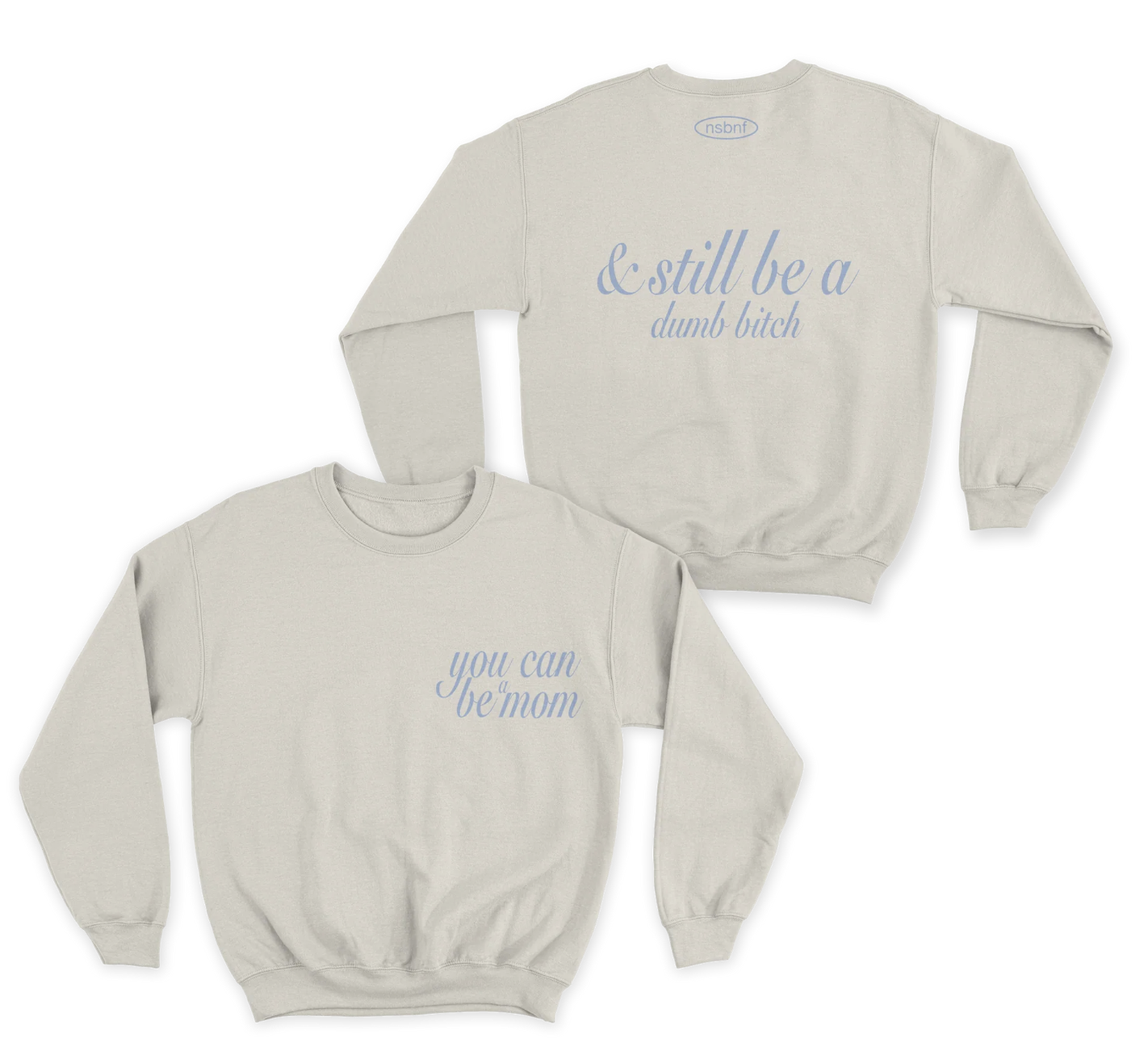

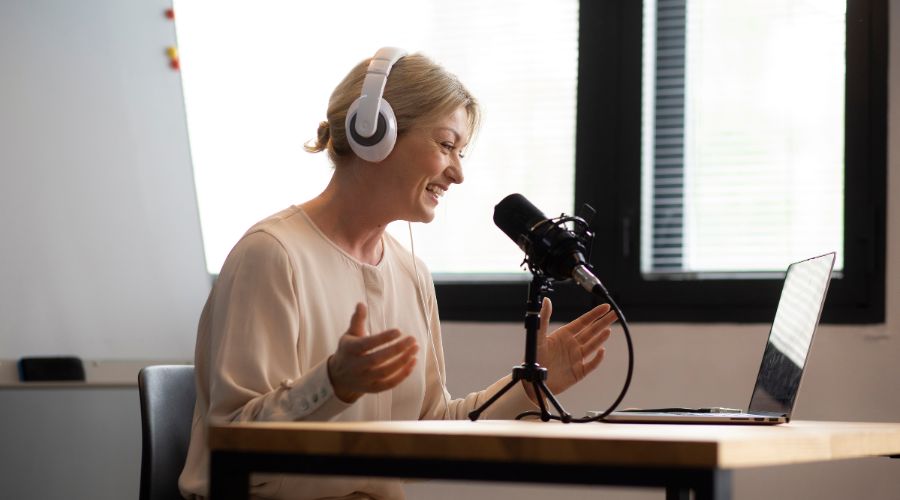
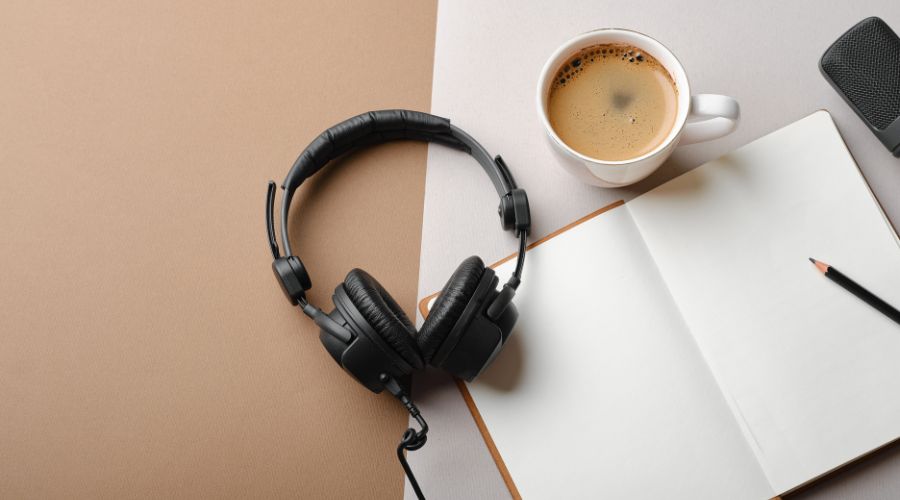





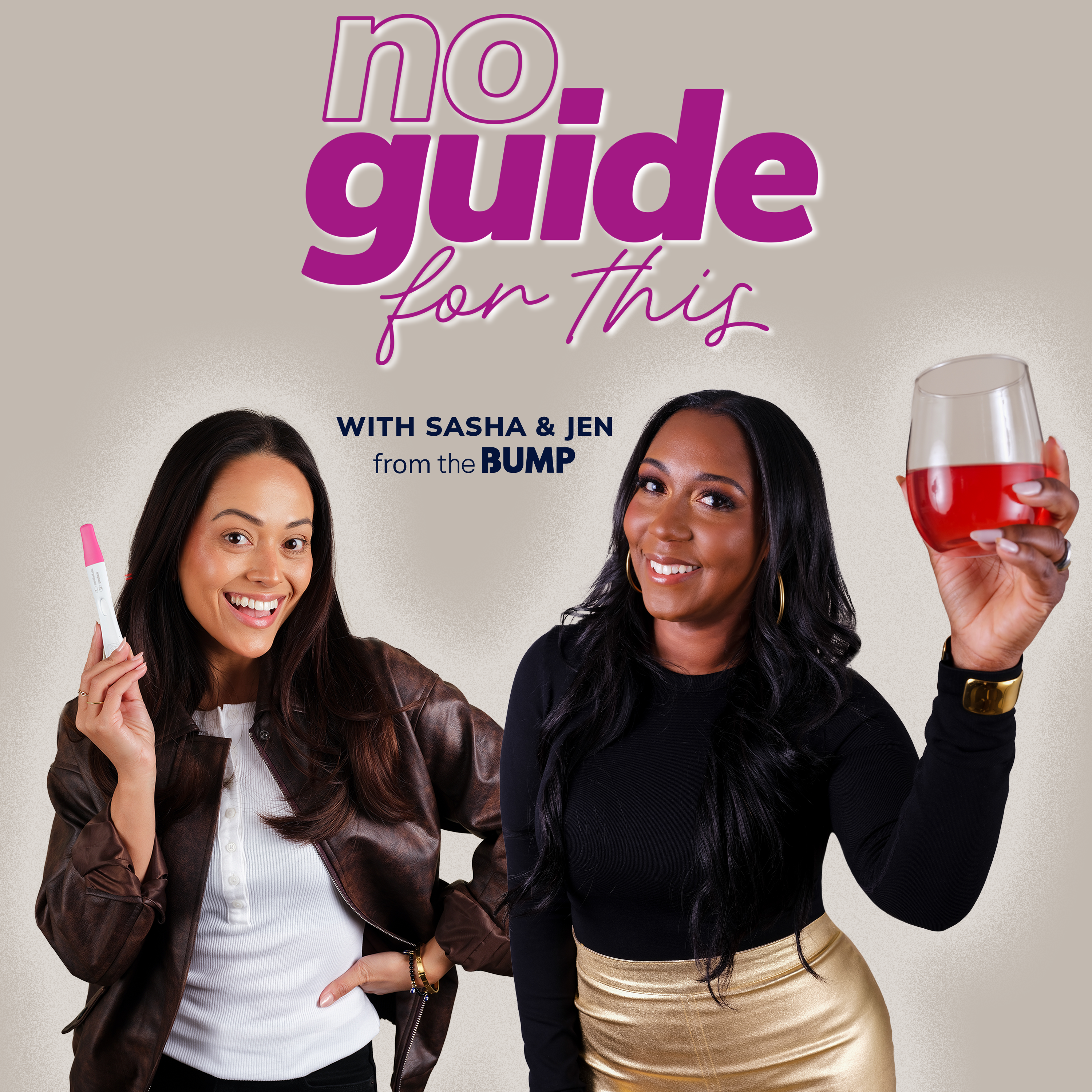

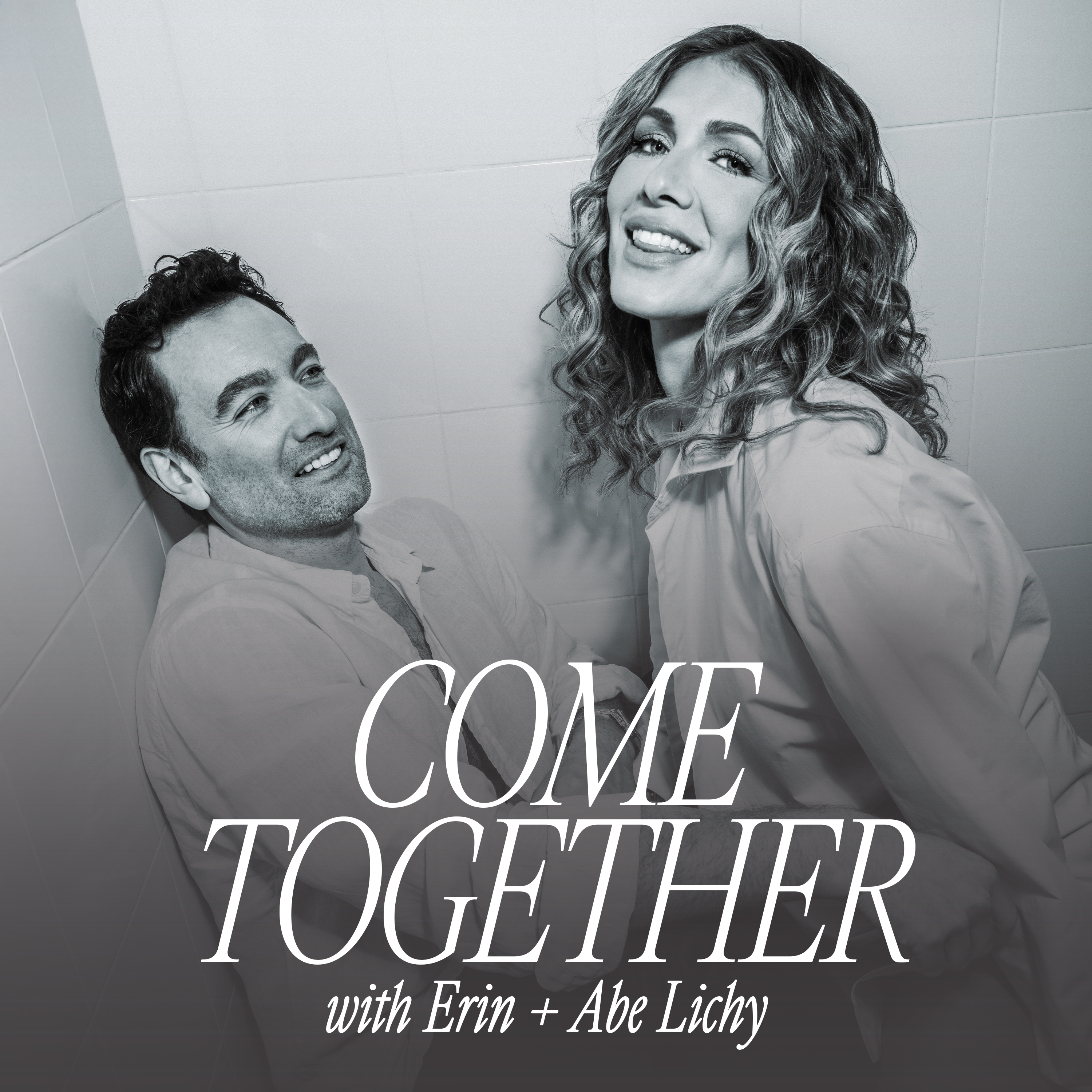


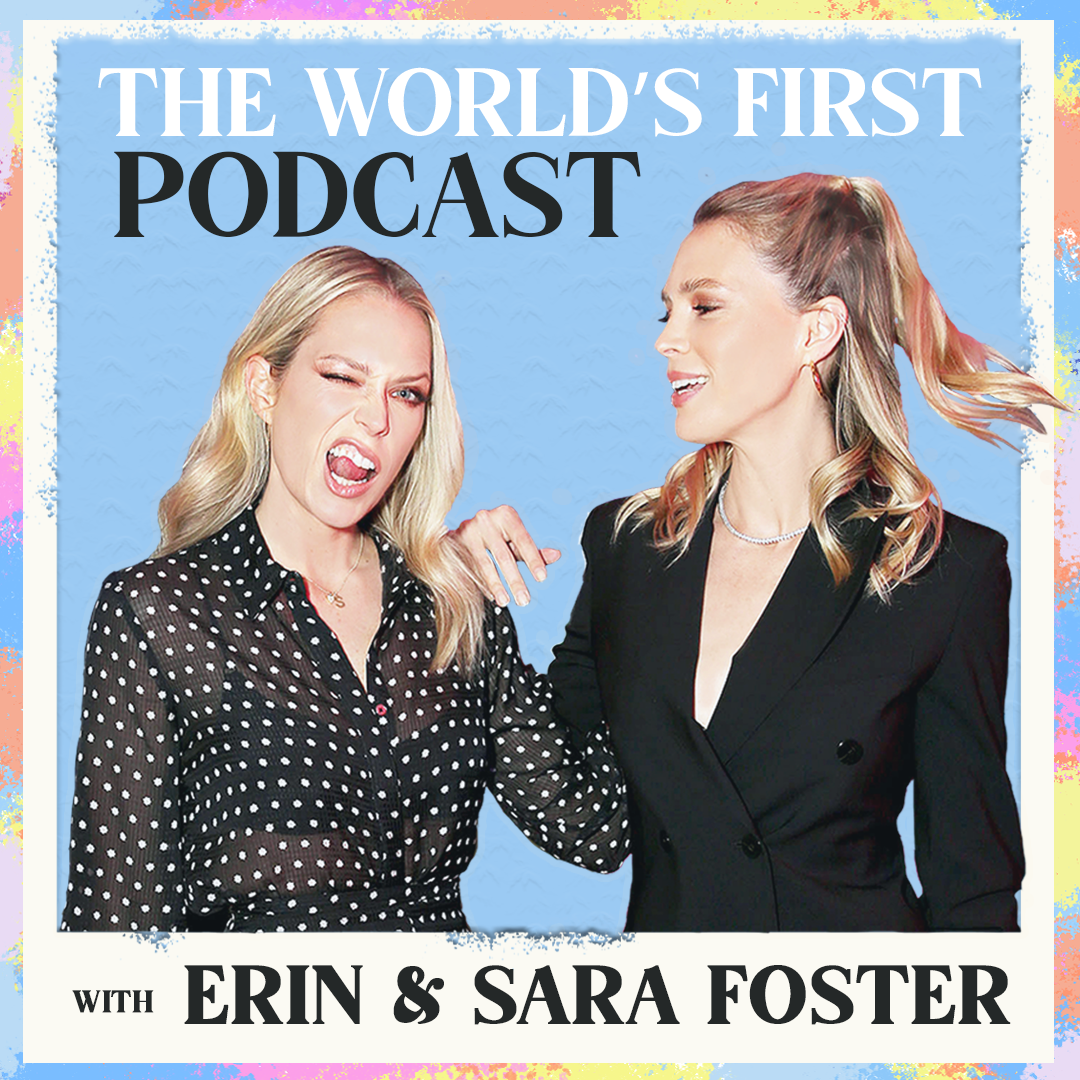

Leave a Reply